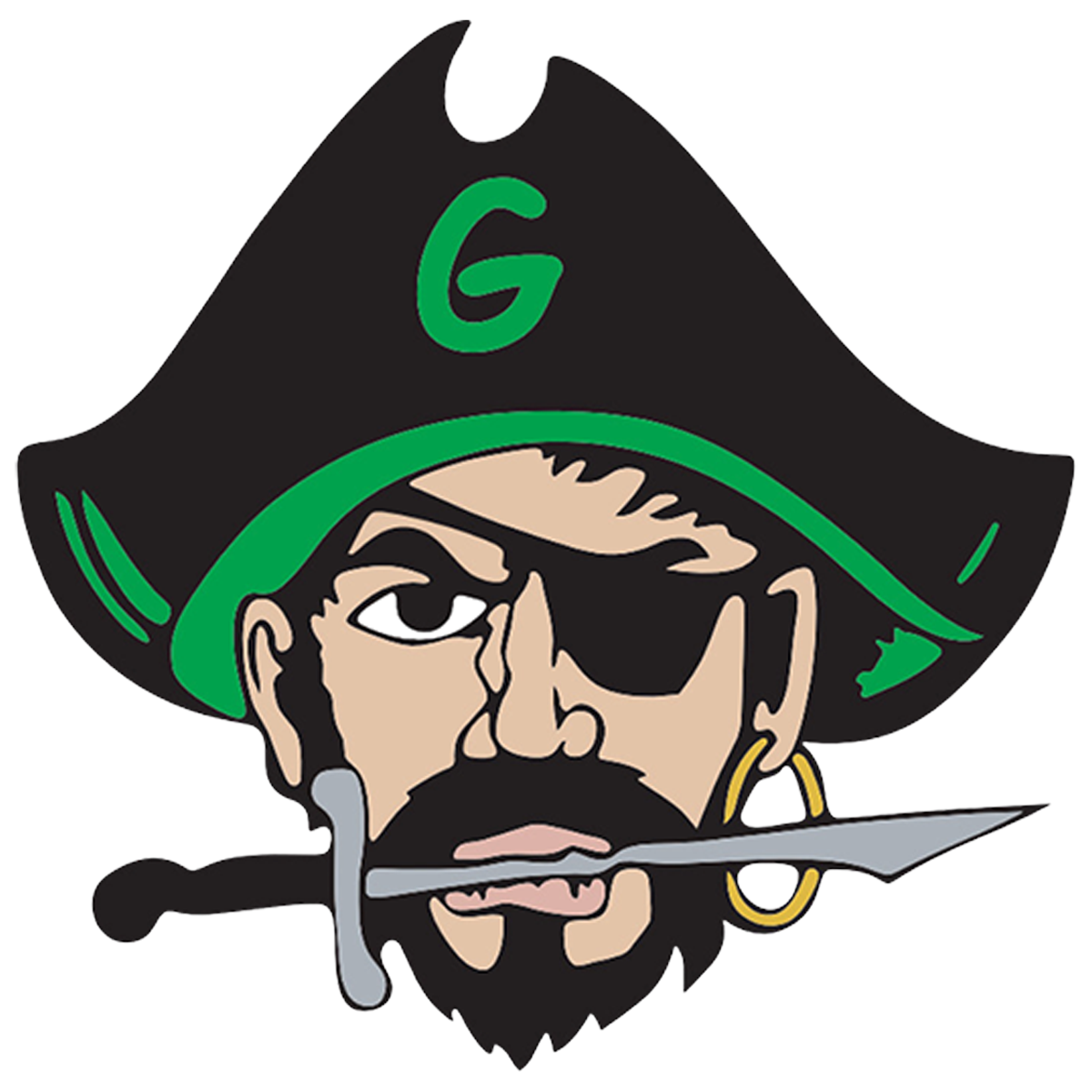Student Success Plan
A Student Success Plan is a personalized education plan intended to assist students with achieving readiness for college, career, and community engagement.
There are four major components of the Student Success Plan.
Guide the student along pathways to graduation.
Address accelerated learning opportunities.
Address academic deficits and interventions.
Include college and career planning components.
School personnel collaborate with parents and students to create Student Success Plans, which are revised annually. The Student Success Plan is an active, dynamic plan that is regularly reviewed by the student and an advisor/mentor to foster the student's overall success and readiness for postsecondary opportunities upon graduation.
8th-12th grade students are actively developing their Student Success Plans, which will evolve alongside them through their high school progression. 8th grade students work on their Student Success Plan in their Career Development class. 9th-12th grade students work on their plans during advisory sessions. Student Success Plans will be reviewed annually during CAP conferences.
Sections of our SSP template can be viewed below.

Supporting our Student Success Plans with Naviance
Naviance serves as a college, career, and life readiness (CCLR) platform that aligns with the Arkansas Student Success Plan. It empowers students to develop academic and career plans based on their interests and goals. Through Naviance, students can utilize tools to identify their strengths, explore college and career options, set achievable objectives, and navigate their optimal path beyond high school.
Aligning with the four core components of the Arkansas Student Success Plan, Naviance offers tools that engage students and aid in preparing and planning for future success.
Guide the student along pathways to graduation: Ensures that students develop a 4-year course plan that fulfills both their graduation requirements and the entry requirements for colleges/careers they are interested in.
Address accelerated learning opportunities: Offer students access to career-related learning opportunities and identify advanced high school courses that align with their postsecondary objectives.
Address academic deficits and interventions: Identify students lacking course requirements and create intervention strategies tailored to their interests and goals.
Include college and career planning components: Equip students with a comprehensive array of tools for exploring and planning their college and career options, enabling them to find the best path toward their postsecondary goals.
